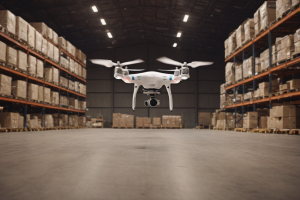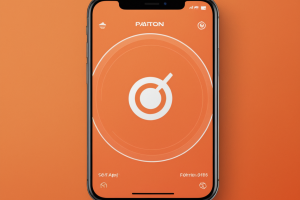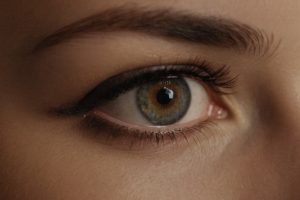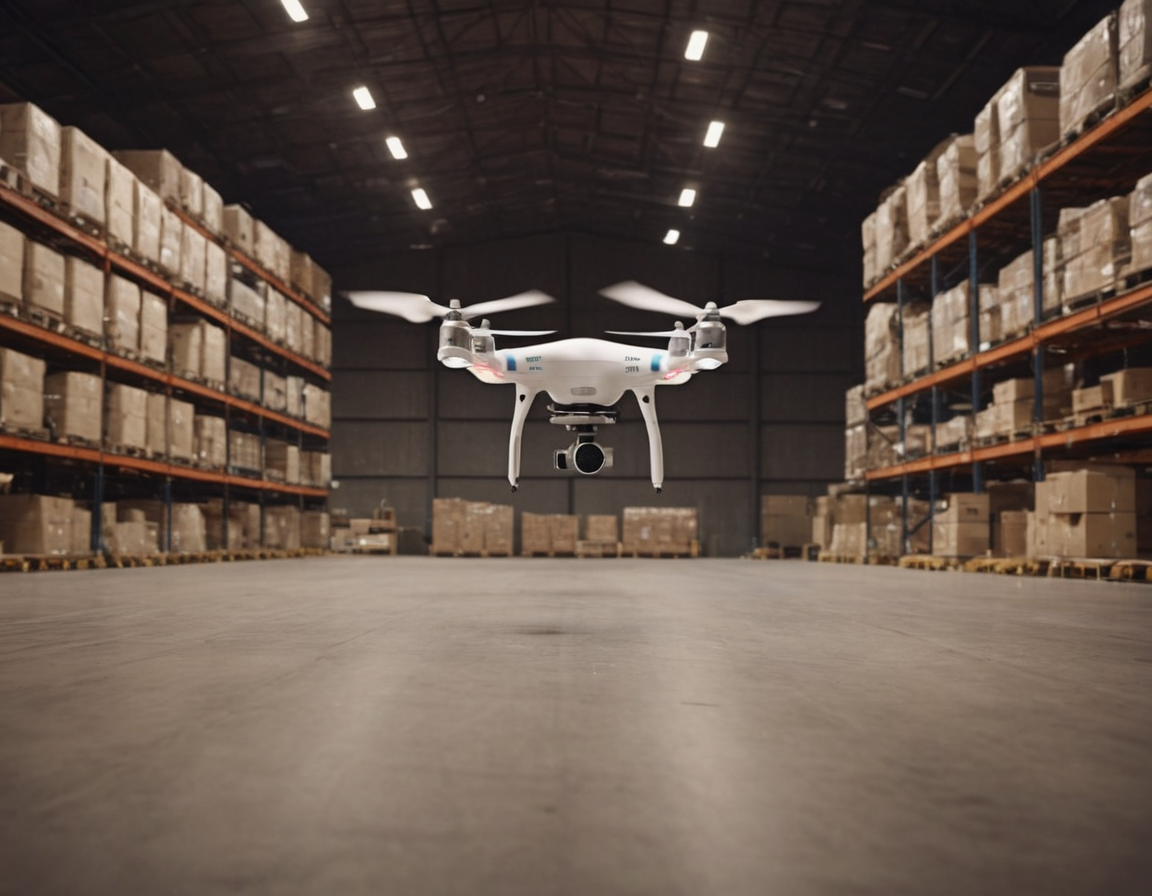Building the Next Generation of Home Robots: Introducing Stretch Robot from Hello Robot
The realm of home robots has faced numerous challenges in gaining widespread acceptance. With only a few successful stories to count, the reason behind this gap remains intricate and multifaceted – much like our domestic spaces. After twenty years since the introduction of the first Roomba, the robot vacuum feels like an anomaly rather than the norm.
Aaron Edsinger, former Google Robotics Director and current CEO of Hello Robot, aims to create a platform for the upcoming wave of home robots. Instead of developing a universal home robot, Hello Robot introduces the Stretch Robot line. This versatile platform is expected to serve as the foundation for the next generation of home robots.
In appearance, the Stretch Robot bears similarity to NVIDIA’s reference robots. Equipped with a mobile base and an adjustable-height gripper, these bots showcase capabilities beyond vacuuming floors. They glide effortlessly around homes, completing tasks like making beds and emptying dishwashers – dreams many have harbored for decades.
However, there exist crucial considerations. First, the hefty $24,950 price tag raises questions regarding affordability for average consumers. Second, the system relies on teleoperated controls, which might introduce security concerns.
Despite its drawbacks, the Stretch Robot holds immense potential. Teleoperation plays a significant role during the robotic learning phase, allowing systems to master various tasks under diverse conditions. Reinforcement learning techniques help refine their skills, leading to improved performance.
Co-founder Charlie Kemp expresses his enthusiasm towards the project, stating “Stretch 3 isn’t vaporware…It’s an invitation to join an amazing community creating an inspiring future.” While this sentiment rings true, the practical implications remain uncertain.
So, why have we been delayed in receiving a worthy successor to the Roomba? The original Roomba excelled at its primary function while maintaining consistent improvements. However, its limited form factor presents severe constraints, such as height restrictions and the absence of limbs.
As the industry moves towards multi-functional robots, platforms like Stretch offer promising alternatives to traditional designs. By focusing on enhancing existing capabilities instead of mimicking human forms, progress towards practical and effective home robots appears within reach.













